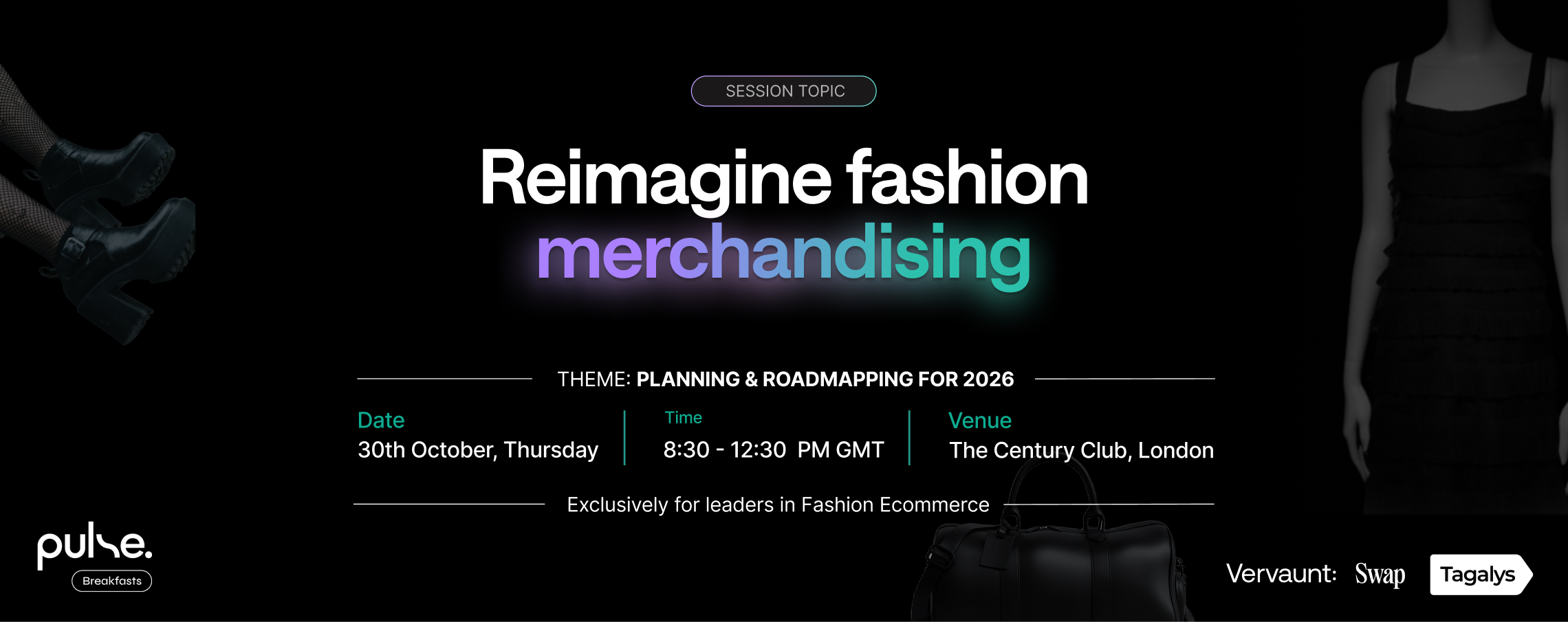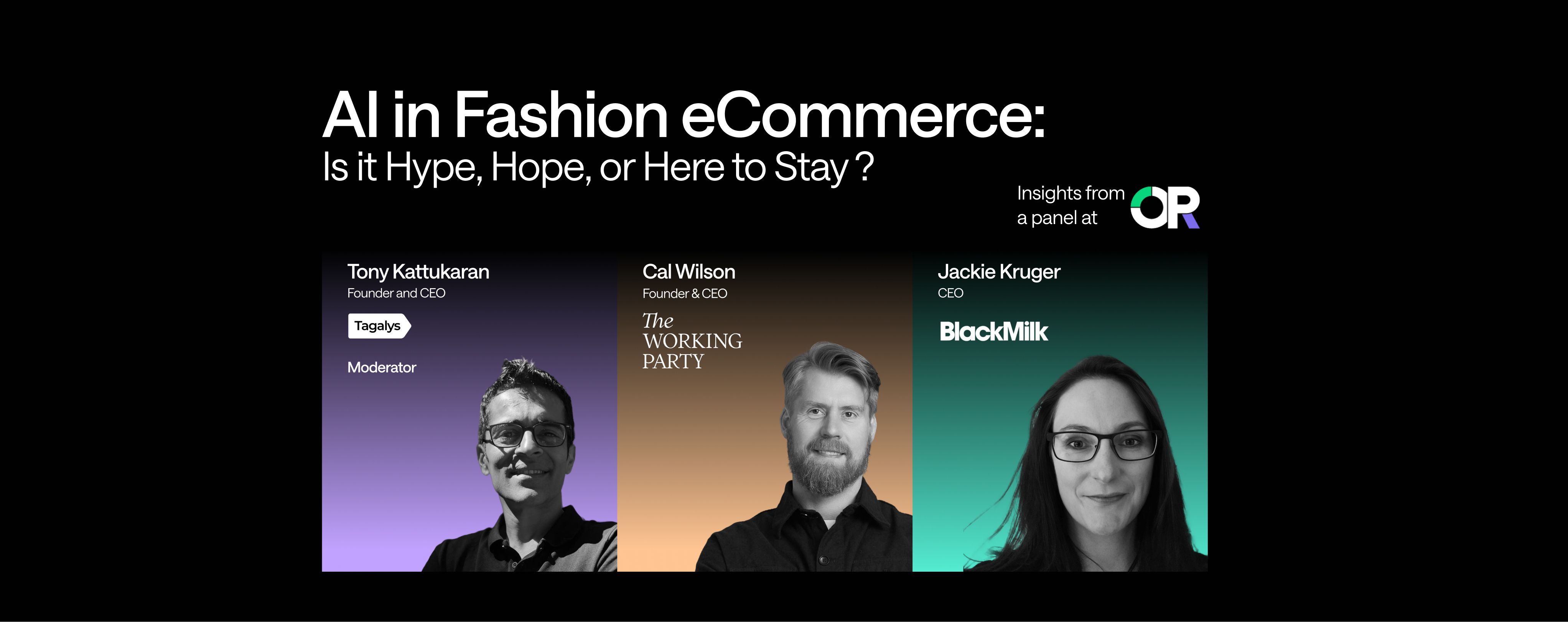The journeys we find most memorable and wonderful are often the ones we take with people who make us feel truly special.
In this article, we cover how your e-commerce visitors can enjoy a journey of a lifetime on your store when you personalize every aspect of it. It can be made a one they remember for days. In fact, even they would share with their friends and recommend to folks they care about.
But first, exactly what do we mean by personalization here? Is it simply just greeting folks by their name? Or showing them products that other people viewed after viewing a particular product. Luckily for e-commerce store owners and customers, personalization has evolved into something way more. Personalization can be made powerful, predictive and well personal than other techniques.
The Advent of Personalization 2.0
Much like your favorite in-store sales personnel in the world, Jamal, today’s personalization tool is highly iterative, contextual, and real-time. The engine is based on artificial intelligence. And thus constantly learns and updates itself on each visitor based on their interactions. The engine also understands each visitor's counterparts, thus making each interaction more personal, special, and intimate than the previous one. All this is delivered with no scope for human errors and with much perfection and precision.So, what are some of the highly essential and relevant variables, whilst personalizing a visitor’s journey?
Your Shopping Persona:
[caption id="attachment_55" align="aligncenter" width="545"]

Everybody Loves Jamal![/caption]
Much like Jamal, who would notice your ensemble the minute you walk into the store to decide what kind of products to recommend to you. A robust engine tracks the journey of a visitor and extracts insights about their visitor based on how they interact with your store.
And just the way Jamal would recommend different outfits to someone who wore a fun, blingy, high street outfit from Zara and someone else who wore an understated ensemble from Chanel. The engine would show distinct results for those who engage from an iPhone 7 (More premium, upscale products) looking for “Dresses”, as opposed to someone who is interested in “Dresses” using a regular smartphone (Products that would appeal to a price-sensitive audience.)
Further diving into this concept, if a new visitor from Manhattan entered an e-commerce shoe store during peak winter, she’d get very different results from a similar visitor from San Diego.
Explicit Surveys or Questionnaires
To understand the persona of your visitor, one way to get started is by incentivizing them to fill out out a survey before they start shopping. A great example of this is the Naked Wine site. It woos its visitors by offering them 30 dollars to take a quick survey so they can create the perfect drinking persona!
In case of a site that focuses on one particular category such as a smartphone that has a wide range in terms of pricing. A good idea could be to quickly ask for a budget range and then create a selection accordingly. Similarly, according to the category of the e-commerce site, similar variants can be made in terms of size, gender, and more.

Visitor interaction
Another way to understand your visitor's shopping persona is my implicitly tracking their interests via a robust analytics engine. Much like once you go to your favorite brick and mortar store and Jamal your favorite sales personnel takes into account your personal tastes and preferences, the engine also partly bases its subsequent recommendations, listing pages, offers, etc next time you enter the store on your past behavior and actions. It remembers the ankle-length boots that you added to cart but didn’t eventually buy. It also won’t forget that you spent a couple of minutes browsing that exquisite leather phone case but were pretty non-committal on it or that golden moment when you finally bought a black bomber jacket. (You badass, you!)

Visitor segmentation
And while the engine tries to understand your shopping interest and persona, it is also making a note of other people who might be similar to you in their shopping persona. It starts predicting what products that might interest you but are yet to be discovered by you.

The objective of creating shopping personas is to ensure personal relevance in any interaction between your visitors and the store. Improving personal relevance increases the conversion rate from a listing page (impressions) to a product page. More product views per visitor increase the probability of sale conversion. Where can the actionable insights from a personalization engine be applied for an eCommerce store?
ONSITE ENGAGEMENT
Onsite channels in brick & mortar are similar to in-store sales, service, and promotions. Interactions that happen between visitors and your business within the walls of your store. In this eCommerce world, this is equivalent to SITE SEARCH, LISTING PAGES, RECOMMENDATIONS WIDGETS, BANNERS & COUPONS
Over 90% of the interactions that lead your visitors to view products will happen across these channels. By extracting actionable insights from a personalization engine and applying it to these channels, each visitor will be catered a unique shopping experience. They will be engaging with products that are personally relevant to them or someone similar to them. We had discussed earlier how the mobile-first interaction by visitors has led to the attention economy. When visitor interaction with products in these channels becomes personally relevant, you keep your visitor engaged. It allows them to patiently discover products that appeal to them and finally convert to customers.
OFFSITE ENGAGEMENT
Offsite channels in brick and mortar would be similar to sending out direct mailers, promotional SMSs, etc. Basically anything outside the walls of the store to bring your visitors back to your store. In the eCommerce world, these are equivalent to
MOBILE NOTIFICATIONS & EMAIL
Channels like mobile notifications and email. are the lowest cost to build re-engagement. Today, most online retailers send out mass notifications and emails that reach every user in the store and may or may not be relevant to them. This spam-like behavior has led to emails being confined to a separate tab in your inbox (learn how to send bulk email without spamming). Sometimes users also turn off notifications on mobile phones. This leads to low click-through rates (CTR), reducing the visits generated back to the online store from these channels.
By considering the shopping personas generated by a personalization engine, retailers can not only save cost by sending notifications/email to the relevant users but also increase CTR that leads to improved conversion rates & revenues.
Also, read about the 4 personalization tactics to improve sales at your Magento or Shopify eCommerce store.
Tagalys maximizes conversion rate & gives merchants visual control of products displayed in Site Search, Category Pages & Product Recommendations at their online store. To know more about our solutions and features, get in touch with us now.














.svg)
.svg)
.svg)
.svg)
.svg)
.svg)



.png)

.png)
